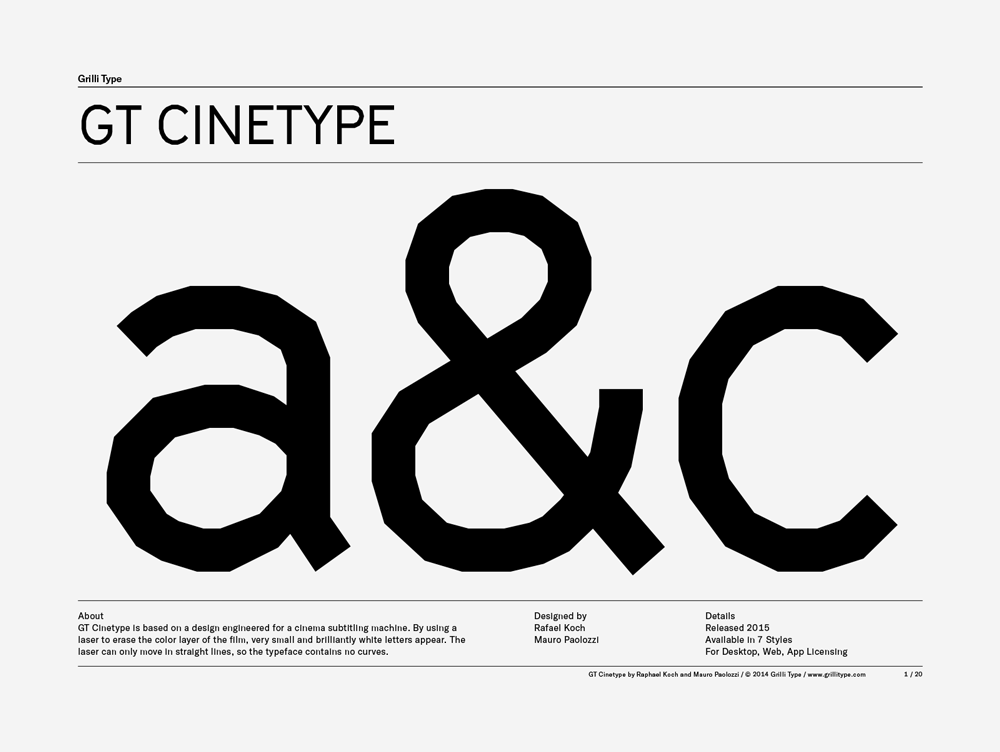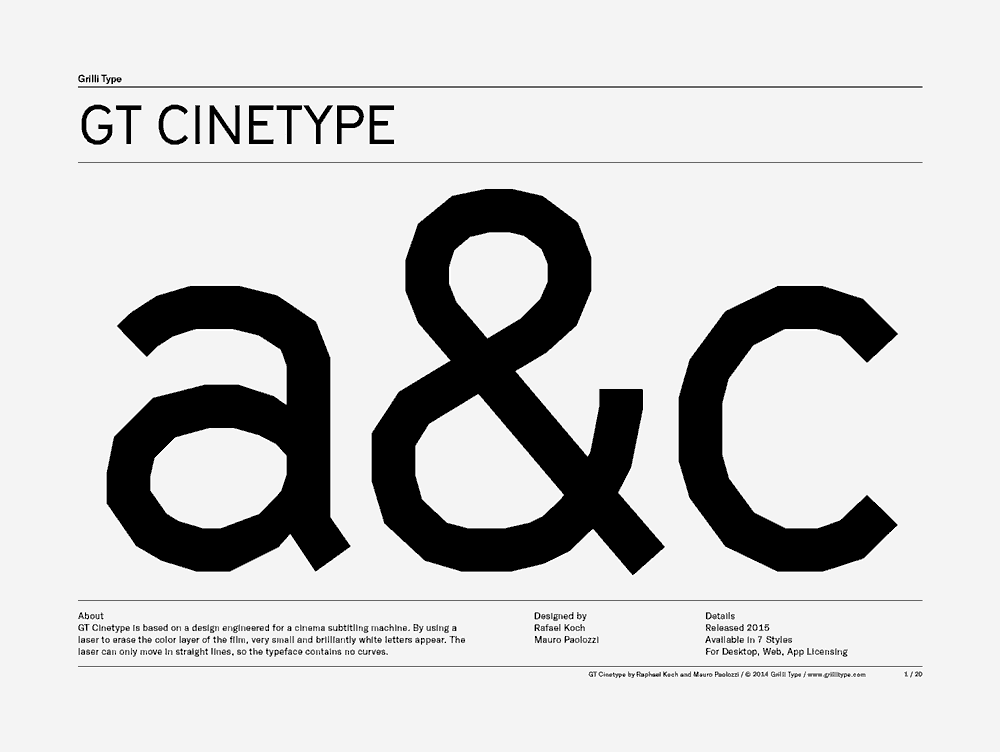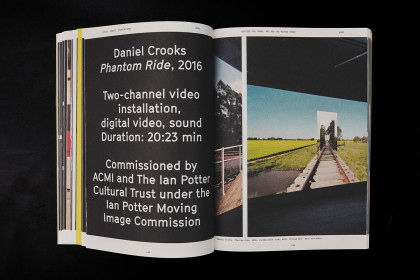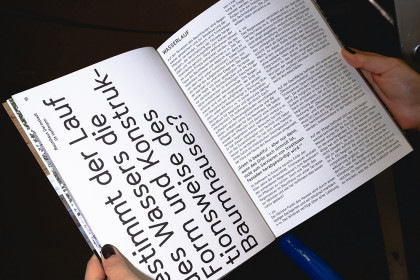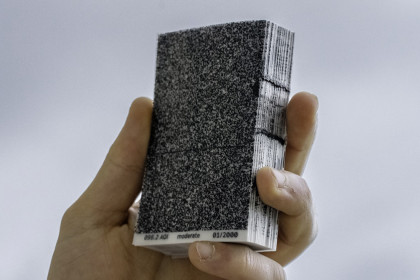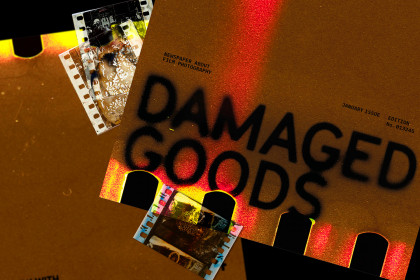GT Cinetype
Family overview
- Light Italic
- Regular Italic
- Bold Italic
- Mono
- LightThe Exorcist 1973 by William Friedkin with Ellen Burstyn, Max von Sydow, Linda Blair
- Light ItalicPulp Fiction 1994 by Quentin Tarantino with John Travolta, Uma Thurman, Samuel L. Jackson
- RegularInglourious Basterds 2009 by Quentin Tarantino with Brad Pitt, Diane Kruger, Eli Roth
- Regular ItalicFriday the 13th 1980 by Sean S. Cunningham with Betsy Palmer, Adrienne King, Jeannine Taylor
- BoldMononoke-hime 1997 by Hayao Miyazaki with Yôji Matsuda, Yuriko Ishida, Yûko Tanaka
- Bold ItalicTexas Chainsaw Massacre 1974 by Tobe Hooper with Marilyn Burns, Edwin Neal, Allen Danziger
- MonoBasket Case 1982 by Frank Henenlotter with Kevin Van Hentenryck, Terri Susan Smith, Beverly Bonner
- Settings
Typeface information
GT Cinetype is based on a design engineered for a cinema subtitling machine. By using a laser to erase the color layer of the film, very small and brilliantly white letters appear. The laser can only move in straight lines, so the typeface contains no curves.
Typeface features
OpenType features enable smart typography. You can use these features in most Desktop applications, on the web, and in your mobile apps. Each typeface contains different features. Below are the most important features included in GT Cinetype’s fonts:
- CASE
- Case sensitive forms
(ROBOCOP)
- ONUM
- Oldstyle figures
10.03.1985
Typeface Minisite
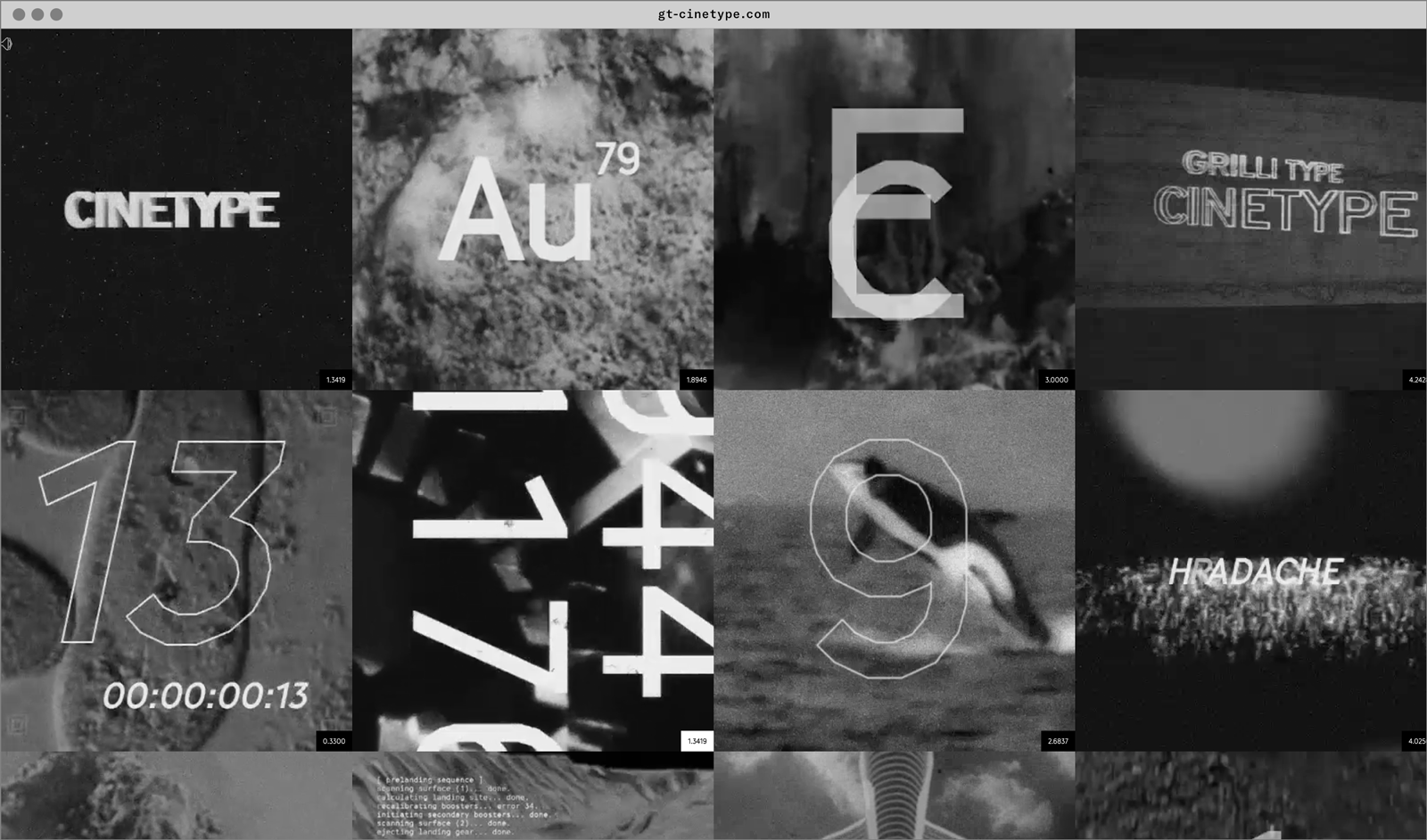
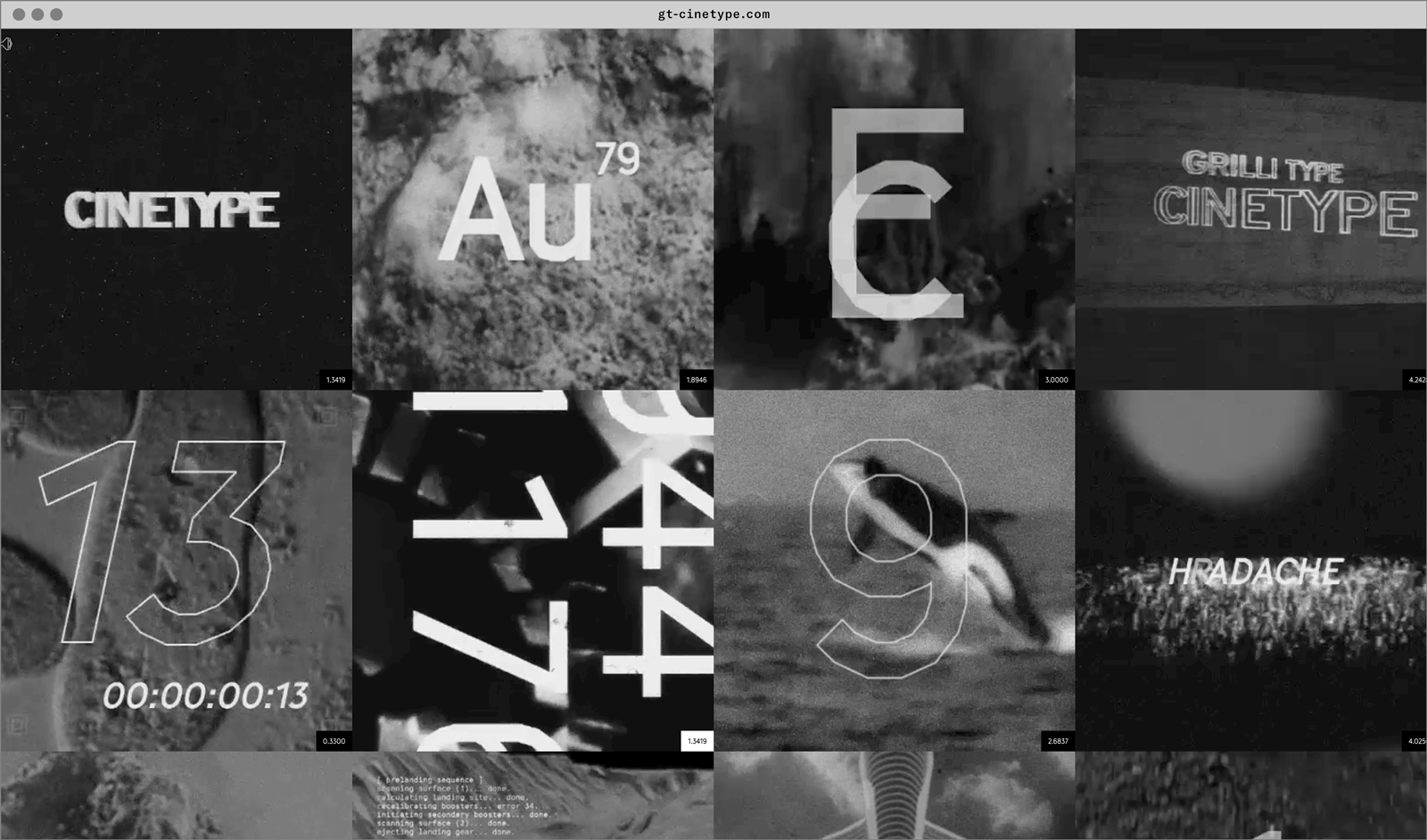
- Visit the GT Cinetype minisite to discover more about the typeface family’s history and design concept.
GT Cinetype in use
